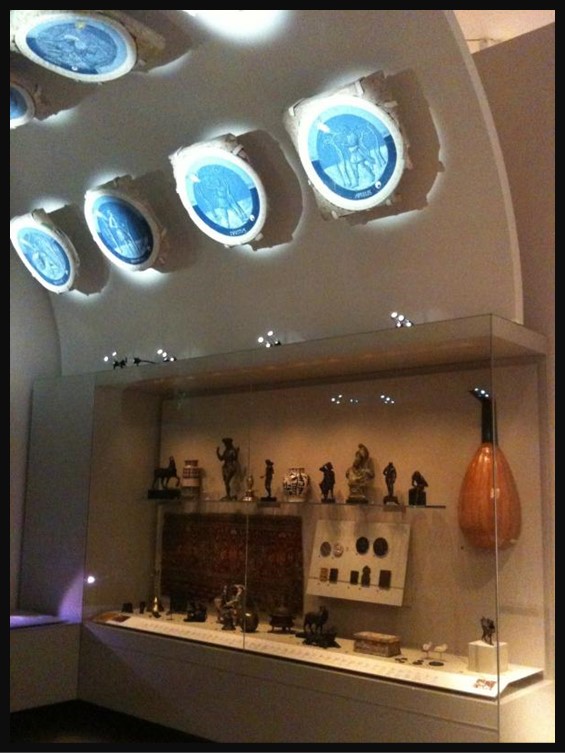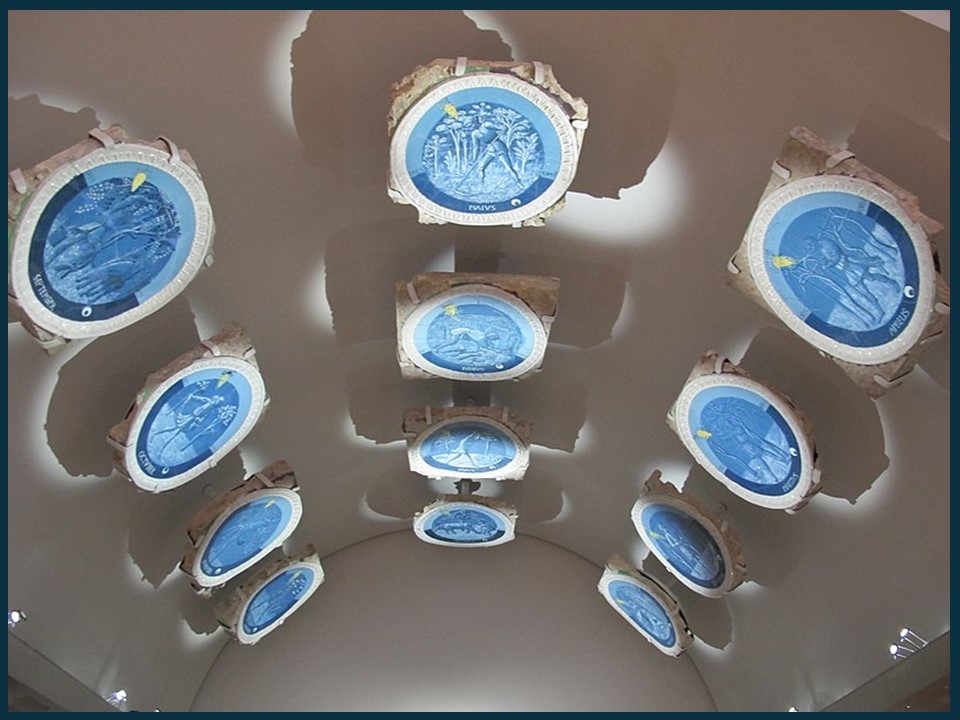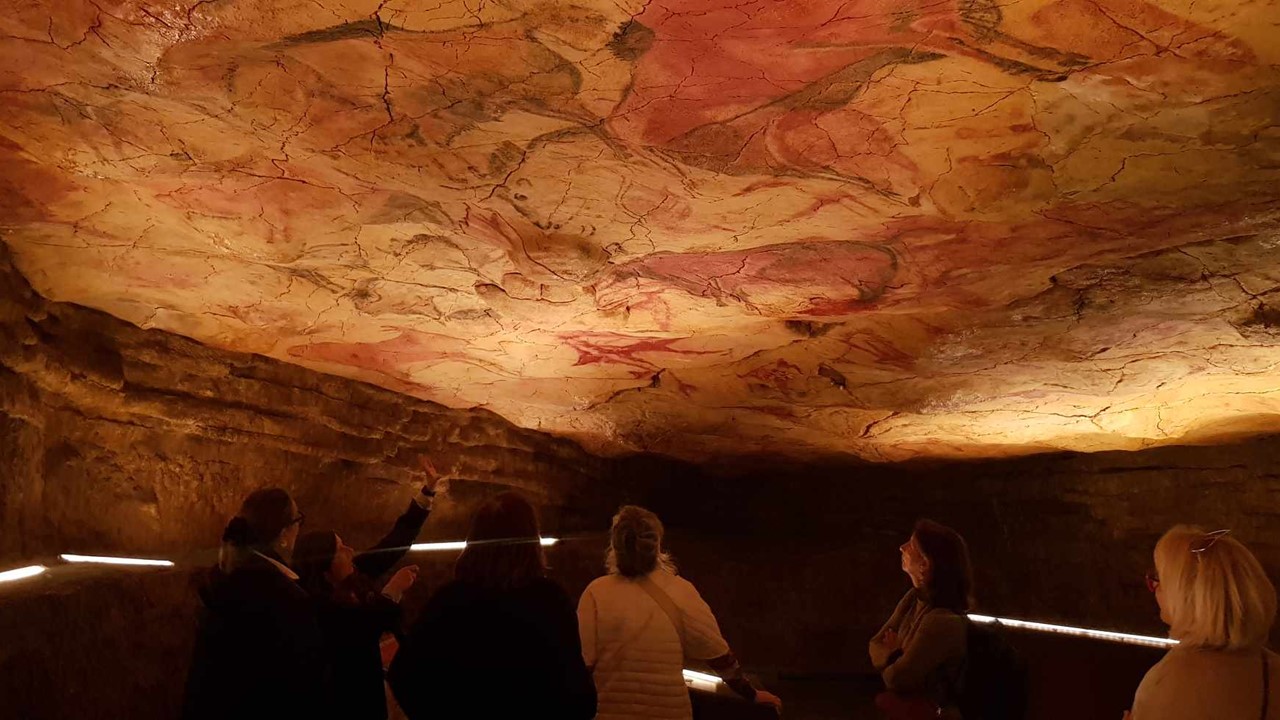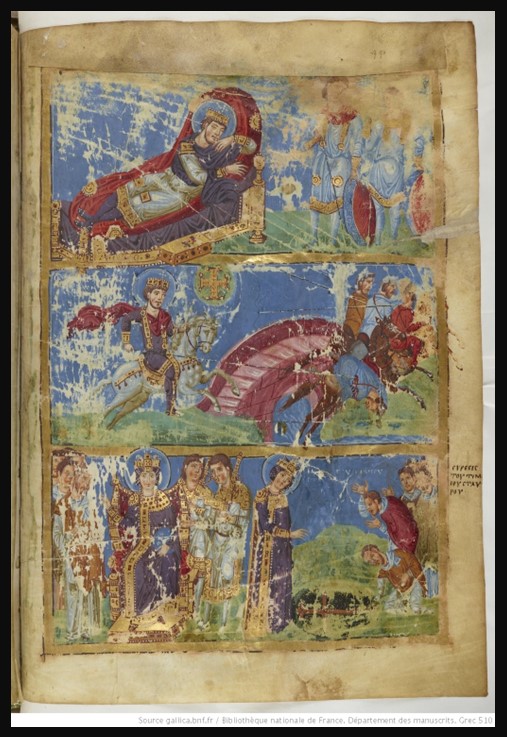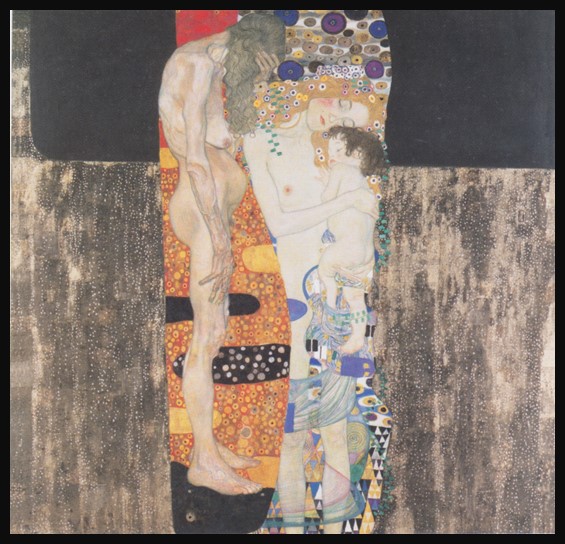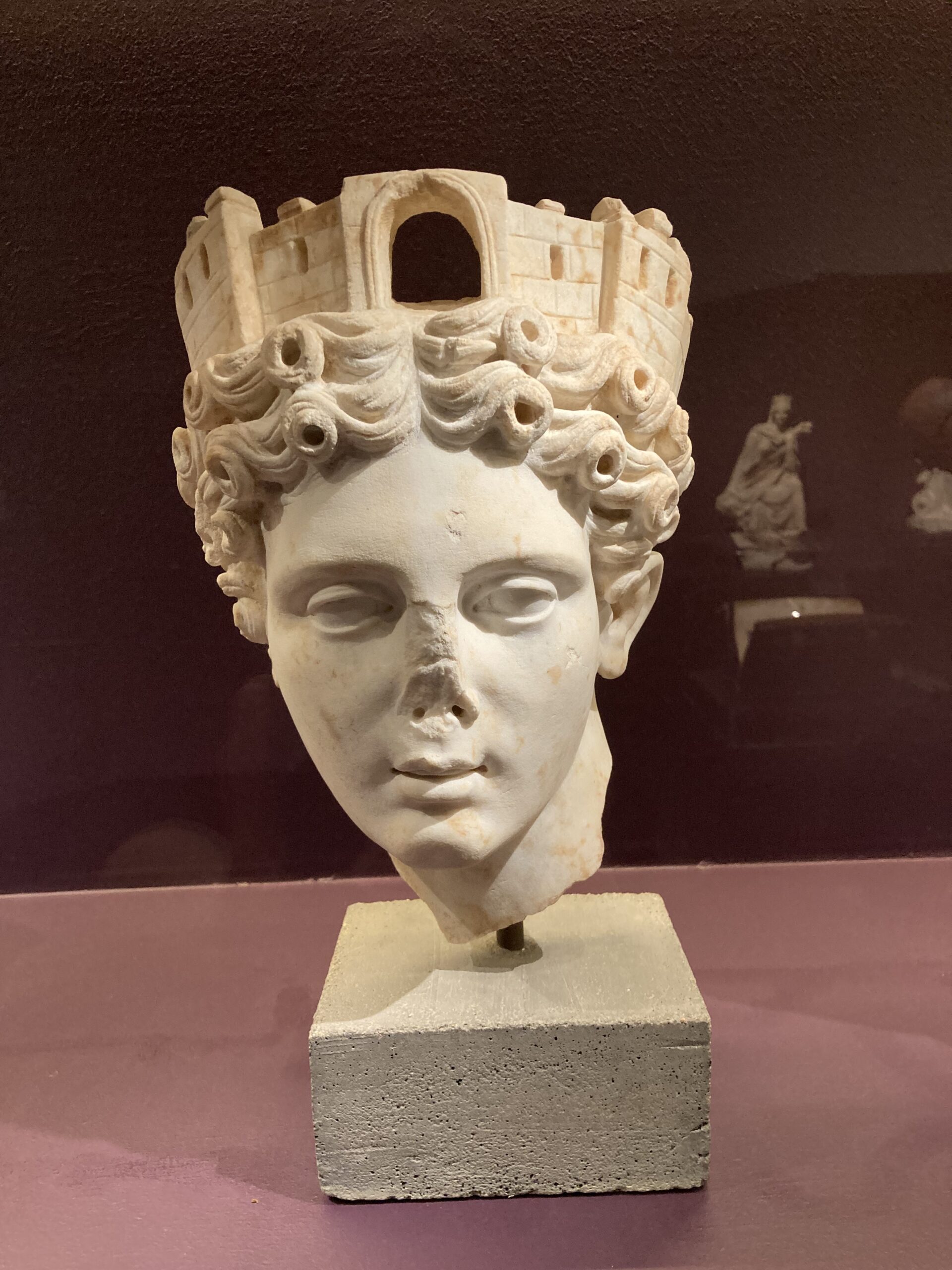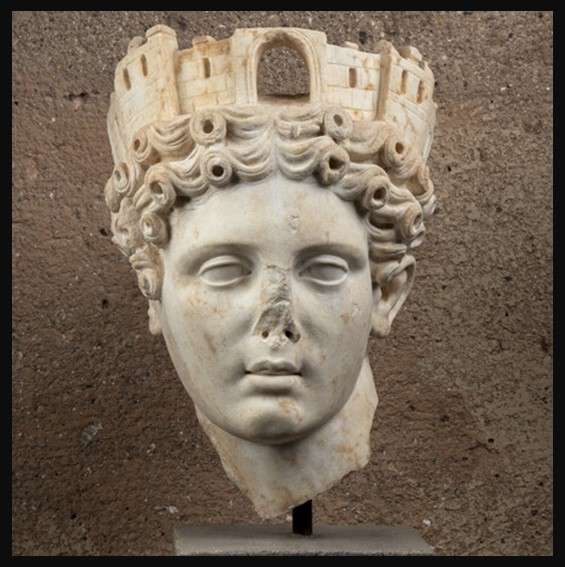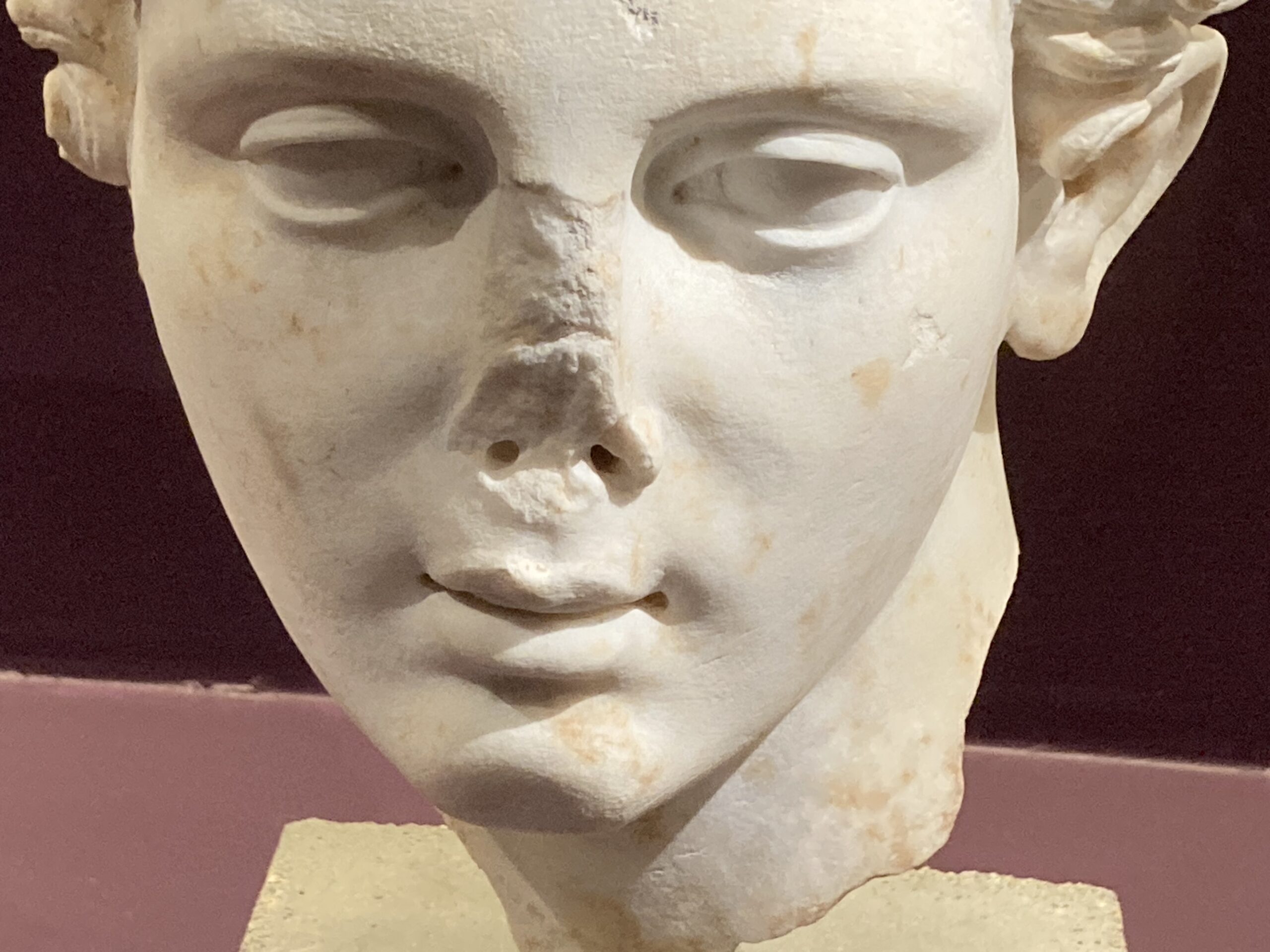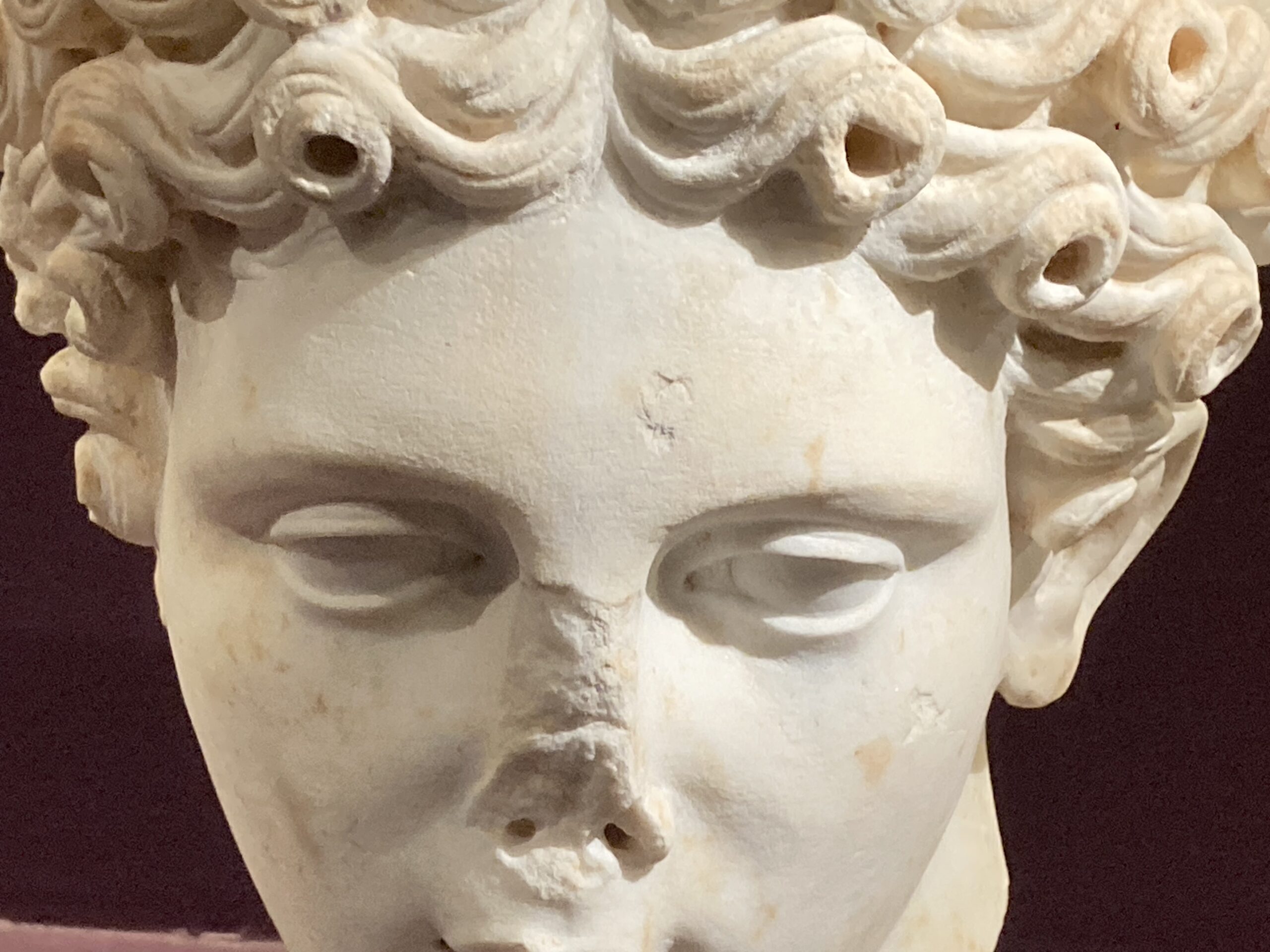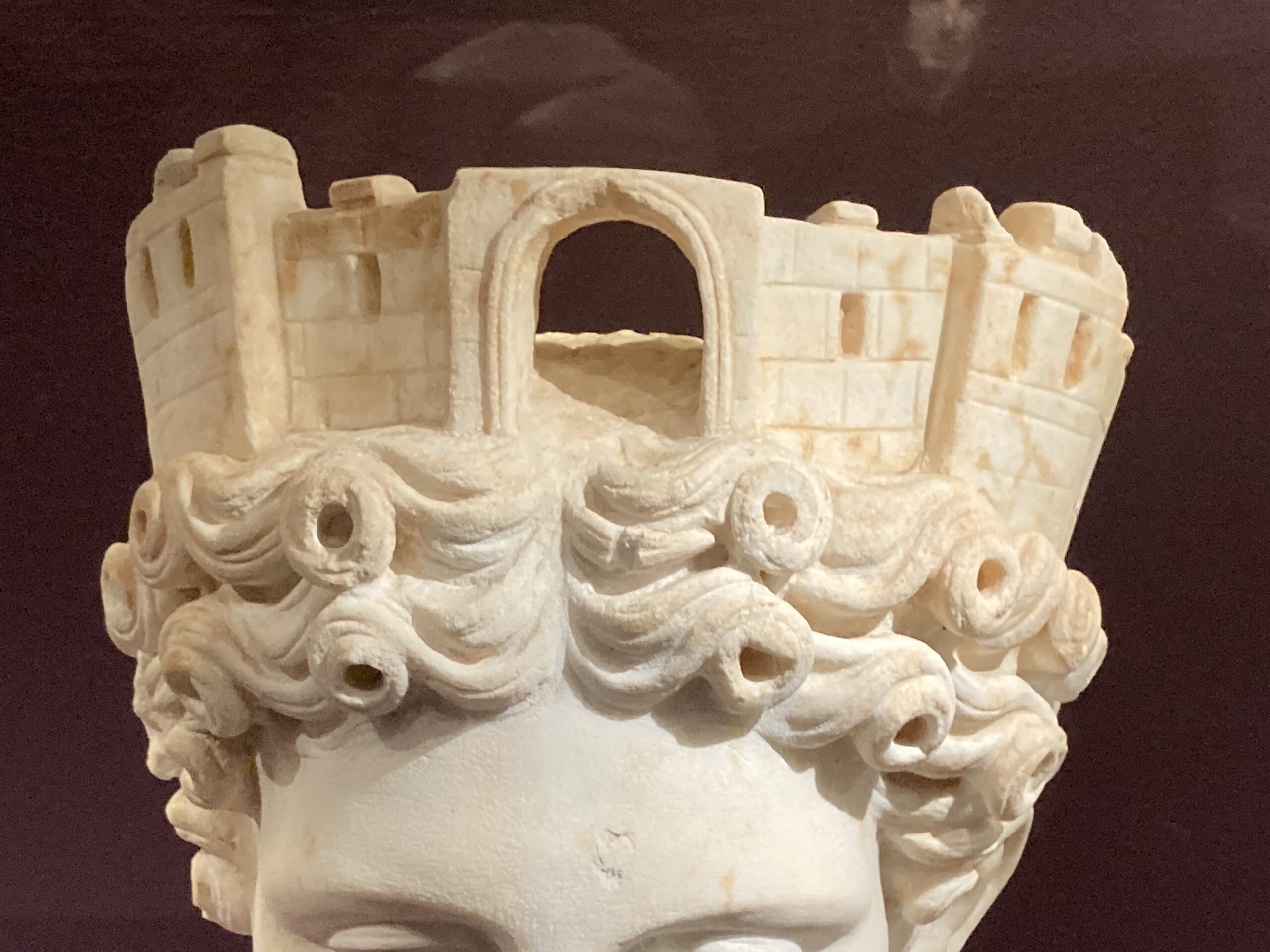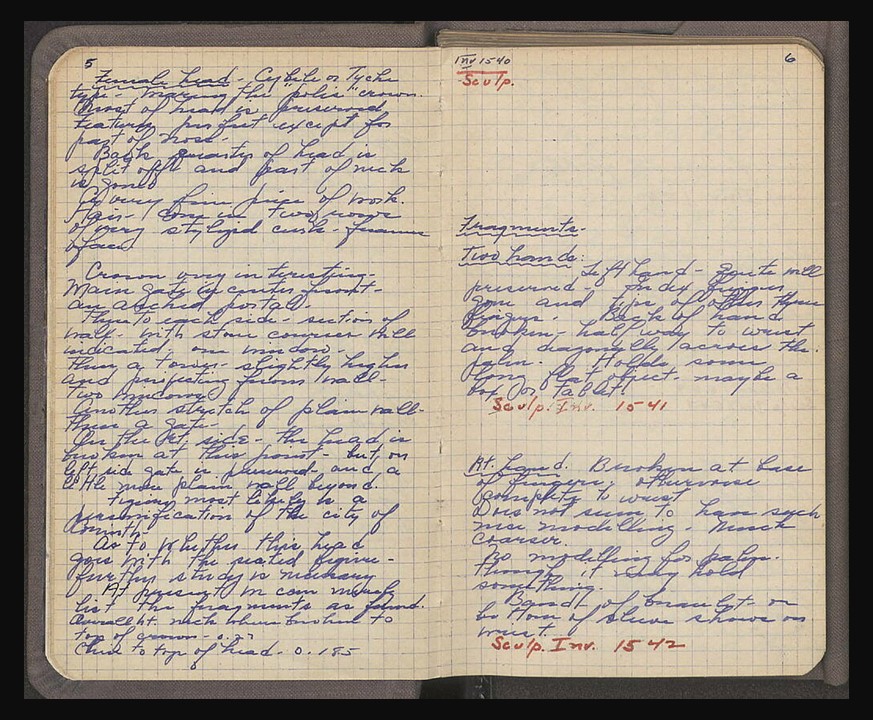
An Avenue in Andalusia or The Maja and the Cloaked Men (detail), 1777, Royal Tapestry Factory, from a Goya Cartoon, Tapestry – Wool and silk, 337×217 cm, Santiago de Compostela Cathedral Collection, Spain https://artsandculture.google.com/asset/an-avenue-in-andalusia-or-the-maja-and-the-cloaked-men-royal-tapestry-factory-from-a-goya-cartoon/mAFzZaxpTqLttA
On the 10th of May, I visited The Cathedral of Santiago de Compostela and the Goya Tapestries, among the masterpieces I was anxious to see intrigued by their unbelievable charm and allure …
Francisco Goya, renowned for his masterful paintings and prints, also delved into the realm of tapestry cartoons, creating a series of remarkable works that showcased his artistic versatility. Commissioned by the Spanish royal family, Goya produced a collection of tapestry cartoons between 1775 and 1792, intended to be transformed into large-scale tapestries to adorn the royal residences. These cartoons, characterized by their intricate detail, dynamic compositions, and vibrant storytelling, demonstrated Goya’s adeptness in translating his painterly vision into the medium of woven textiles. The tapestries created from his designs adorned the grand interiors of palaces, reflecting the royal court’s opulence and Goya’s unique ability to capture the essence of human experience through his art.

An Avenue in Andalusia, or The Maja and the Cloaked Men, 1777, Oil on Canvas, 275×190 cm, Prado Museum, Madrid, Spain https://www.museodelprado.es/en/the-collection/art-work/an-avenue-in-andalusia-or-the-maja-and-the/a4af7051-a0c2-4a63-8aef-5fa080890873
An Avenue in Andalusia or The Maja and the Cloaked Men, 1777, Royal Tapestry Factory, from a Goya Cartoon, Tapestry – Wool and silk, 337×217 cm, Santiago de Compostela Cathedral Collection, Spain https://artsandculture.google.com/asset/an-avenue-in-andalusia-or-the-maja-and-the-cloaked-men-royal-tapestry-factory-from-a-goya-cartoon/mAFzZaxpTqLttA
The Cathedral Museum of Santiago de Compostela houses an exceptional collection of tapestries, originally woven at the Royal Tapestry Factory of Santa Bárbara from designs by the celebrated Francisco Goya. These tapestries, based on cartoons mostly preserved at the Prado Museum, were part of a commission by King Charles III between 1777 and 1780 intended to adorn the Royal Palace of El Pardo. The illustrious Pedro Acuña y Malvar, a canon who served as Secretary of State for Justice under King Charles IV, bequeathed these artworks to the museum upon his death in 1814. Acuña, noted for his significant art collection in Madrid, thus ensured that the Cathedral Museum became the custodian of these invaluable cultural treasures, enriching its offerings and preserving a vital piece of Spain’s artistic heritage within the sacred walls of Santiago Cathedral.

Francisco Goya’s artistic legacy is marked by his masterful exploration of costumbrista themes and his adept use of colour and light. His tapestries, such as The Maja and the Cloaked Men, eschew religious motifs in favour of depicting local customs and traditions. Through these works, Goya invites viewers into the vibrant world of 18th-century Andalusia, capturing the essence of everyday life with keen observation and wit. His cartoons, serving as blueprints for the tapestries, reveal his meticulous attention to detail and his ability to convey emotion through the interplay of light and shadow. Goya’s use of wool for darker hues and fine silk burlap for lighter tones further accentuates the richness of his palette, showcasing his unparalleled skill as both a painter and a storyteller.
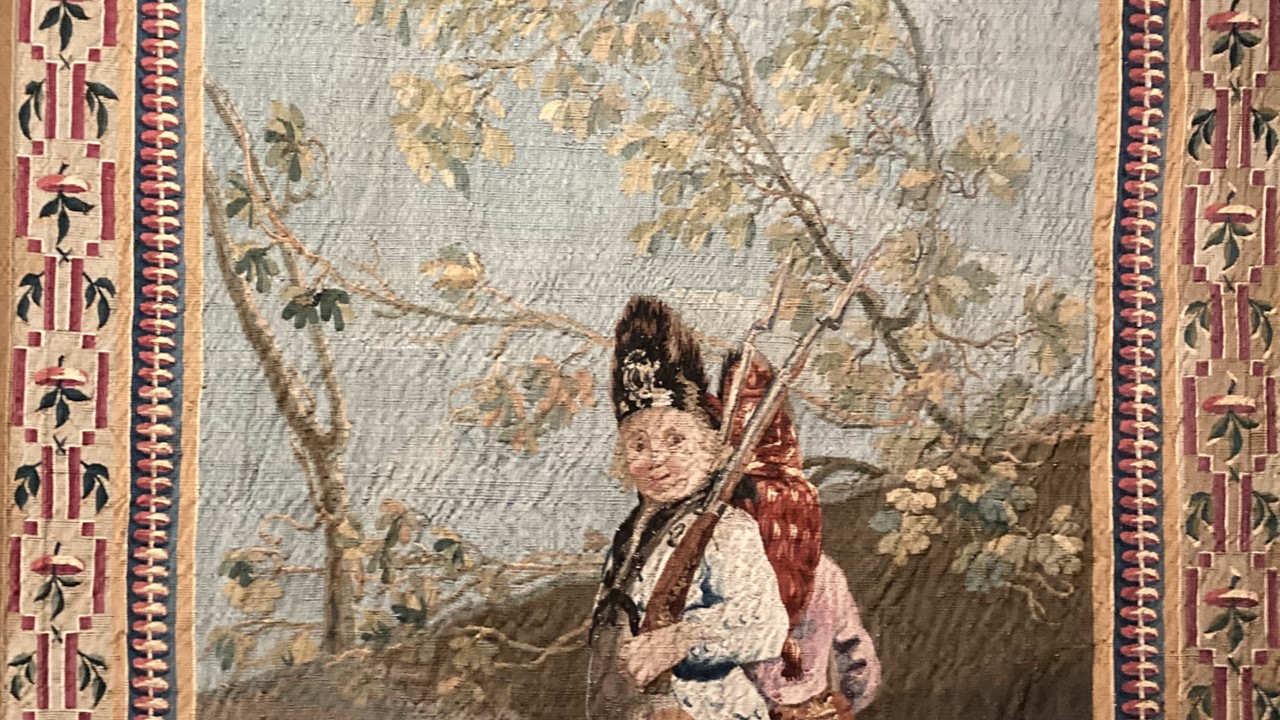
The exhibition of Goya’s tapestries at the Cathedral Museum provides a captivating glimpse into the artist’s oeuvre and the cultural milieu of his time. Originally housed in the cathedral’s tailor’s workshop, these remarkable works were later unveiled to the public during the Corpus Christi festivities. Now, as part of the museum’s permanent collection, these tapestries are prominently displayed in dedicated rooms, offering visitors a comprehensive overview of Goya’s contributions to the art of tapestry-making. The legacy of Pedro Acuña y Malvar, who bequeathed these treasures to the cathedral, ensures that Goya’s legacy survives, providing a testament to the enduring significance of his work in shaping the artistic landscape of Spain.
For a Student Activity, please… Check HERE!
For a PowerPoint of Goya’s Tapestries in the Museum of the Cathedral de Santiago de Compostela, please… Check HERE!
Bibliography: https://www.museodelprado.es/en/the-collection/artist/goya-y-lucientes-francisco-de/39568a17-81b5-4d6f-84fa-12db60780812 and https://artsandculture.google.com/story/BQXxc6wiofP4Lw

